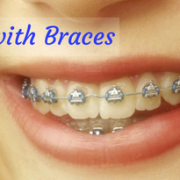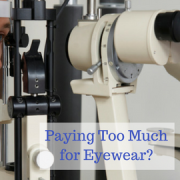6 steps to managing your type 2 diabetes
 Being diagnosed with type 2 diabetes doesn’t have to be the end of your life. While it may be tempting to panic and cut out everything enjoyable from your life, it is not necessary. With proper planning, you can live a happy, healthy life with type 2 diabetes. While it may feel like a big step to start monitoring and managing your blood sugar, your new regimen may improve your life in other ways too.
Being diagnosed with type 2 diabetes doesn’t have to be the end of your life. While it may be tempting to panic and cut out everything enjoyable from your life, it is not necessary. With proper planning, you can live a happy, healthy life with type 2 diabetes. While it may feel like a big step to start monitoring and managing your blood sugar, your new regimen may improve your life in other ways too.
Here are six steps to improving your lifestyle, and your diabetes.
- Mind your diet. This is obvious, but arguably the most important part of managing your diabetes. Avoid red meats, cheeses, sodium-heavy foods, and sugars. This doesn’t have to be tortuous, though! Try finding recipes online to make your transition easier.
- Exercise. This is something few people want to do, but it’s just as important as eating right and taking relaxation time. No matter who you are, a brisk walk or a run on the treadmill can vastly improve your health, on top of helping you manage your diabetes.
- Quit smoking. While you’ve probably heard the lung-cancer bit before, cutting your habit will also benefit your diabetes as well. Within months, you can see the symptoms of your diabetes lessening and even disappearing altogether, on top of many other minor health problems.
- Monitor your blood sugar. If you feel yourself dropping, test it! Keep a journal, and make a habit of checking you blood sugar multiple times a day, with a reliable diabetic monitoring system. Collecting results can be satisfying, especially if you see yourself improving over the course of a few months.
- Drink in moderation. While this is something everyone should do, getting heavily drunk can really affect your diabetes. Talk to your doctor if you plan on partying, and be sure to go over the effects it may have on you and your glucose levels.
- Take your medicine. A few simple pills can make your life and health much easier, so be sure to follow the guidelines your doctor gives you. Set alarms and build habits, and before long if will feel like an everyday part of your life!
If you are newly diabetic, or just want a head-start for the new year, one of the best commitments you can make is towards a plan that will truly help you in the long run. With 2BenefitU’s diabetes program, you can save hundreds of dollars in time, money, and hassle.











